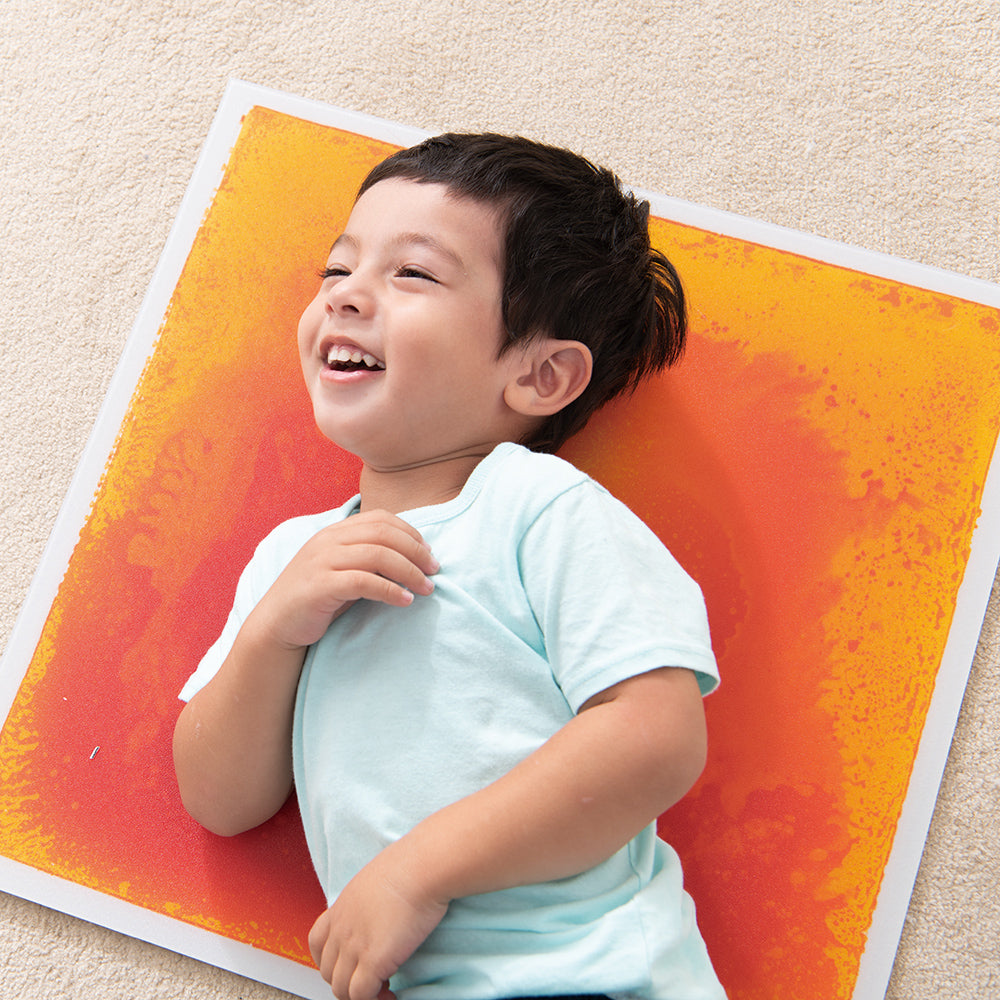Aug 03 , 2023
How to start with Montessori?
Here are my six suggestions for starting Montessori at home as a parent:
1) Read some fundamental books.
I realise the Internet has everything, but a book will offer you the basics without overwhelming you. Here are my suggestions:
Tim Seldin's "How to Raise an Amazing Child"
If you are particularly interested and want to delve deeper, you can read Maria Montessori's own books. The finest books to get started as a parent are "The Absorbent Mind," "The Secret of Childhood," and "What You Should Know About Your Child."
2) Keep an eye on your child.
Before you make any changes to your home or begin decluttering your children's toys, pay attention to your youngster.
Montessori education is a methodology based on child observation. Maria Montessori was a researcher. She developed her method and the content for which she is well known by studying youngsters.
As your child's first teacher, you must observe him or her scientifically.
Sit Close to, but not too close to, your youngster and observe. I strongly advise you to take notes. Take note of the following: what does he enjoy playing with? What does he select from his toys? What motor skills is he practising? Which hand is he using? Is he at ease in a group or in a new environment? Is he fond of little objects? Does he enjoy categorising objects? How does he speak? Does he strive to be a part of your daily life?
Also, note how his freedom is hampered by his surroundings - your home and your attitude. Is it easy for him to get what he needs so he can be as self-sufficient as possible? Obviously, a baby will not have the same demands and opportunities as a four-year-old.
3) Learn about the developmental stages of a child.
What to Expect When is a fantastic early childhood resource for parents to understand the many phases of development.
You can make use of what Maria Montessori referred to as the Sensitive times. Piaget improved those times and dubbed them "schemas."
4) Prepare your home to assist your youngster in becoming self-sufficient.
Prepare a safe setting in which your toddler can explore his surroundings.
Purchase a stool to assist him in reaching the washbasin.
Make some drawers or cupboards available to your child, and keep some of his stuff in each room.
Check that your child's clothing allows for flexibility of movement. They should let your child dress and undress himself.
Encourage your youngster to feed himself as soon as he can sit alone by providing a snack table and a low chair. Babies as young as 6 months old can drink from a cup that is open. Allow time for your child to exercise these crucial life skills.
5) Begin with what you already have.
Most parents are drawn to Montessori because of the attractive materials. This content, on the other hand, was created for the school and youngsters ages 3 to 6 years old. If you do not intend to home-school (and even if you do, I do not feel you require everything right now), you probably do not require the entire collection of Montessori materials.
Most of the toys in your home can be presented in a more appealing and purposeful manner for your child. Instead of a box of five different puzzles, give your youngster only one in a basket with a picture next to it.
Similarly, if you have some plastic sorting boxes, don't rush out to get the same material made of wood just for the sake of it.
You may accomplish practical daily activities with what you have in your kitchen or bathroom. Treasure baskets can be stuffed with items found about the house. Art materials can be shown in a variety of repurposed containers.
Some toys can be simplified to avoid overwhelming your toddler. You can reduce the number of toys you have by putting half of them away. To make some toys more appealing, place them on open shelves or any furniture you have available.
6) Invest in what you truly require.
What most families lack at first and what most families require will differ from one another.
Here are my basic suggestions:
-A little knife or crinkle cutter for children A small glass and pitcher
- A stool to move around the house - a mirror at your child's height in the bathroom and his bedroom.
- A cloakroom peg at his height - Realistic images of whatever your child is interested in (animals, railways, dinosaurs) to match with things or discuss
- Animal figurines. I prefer the realistic plastic ones, but many parents prefer the wooden options as well. You will engage in numerous language activities with them!
- Blocks and other open-ended toys. Blocks can be used for a variety of activities, including sorting shapes, sorting by colour, counting, and matching the blocks to paper forms...
This is only a basic introduction to Montessori for parents.

